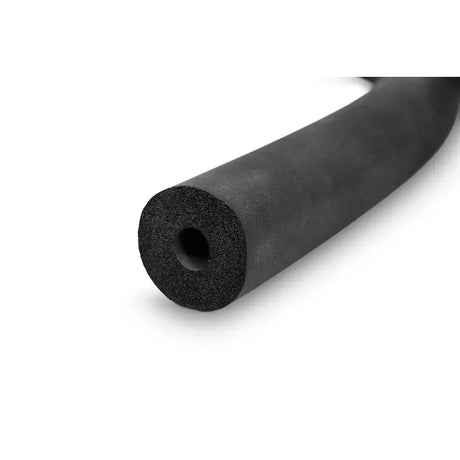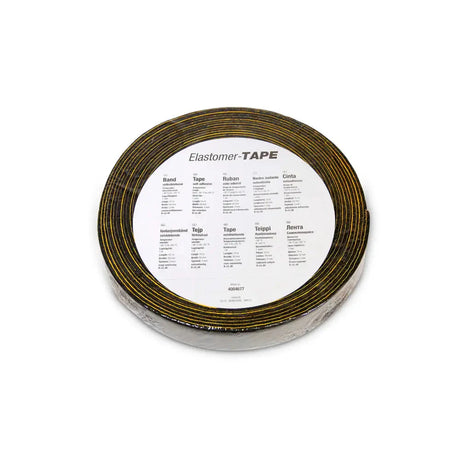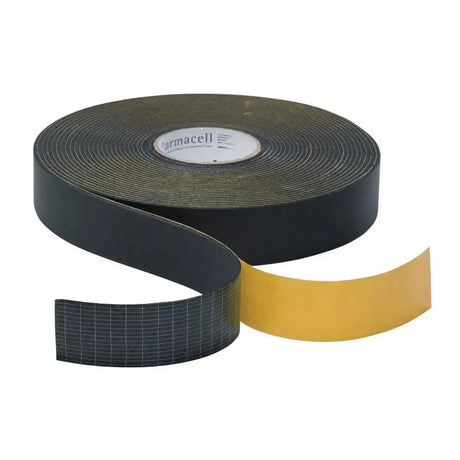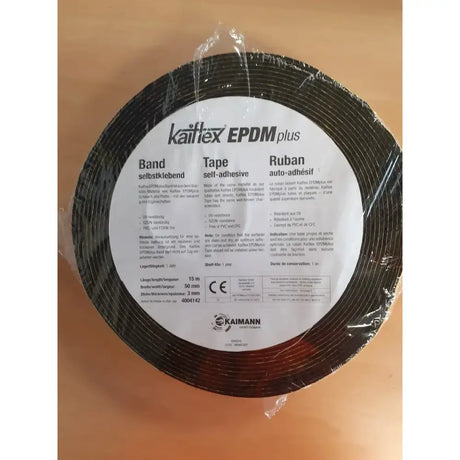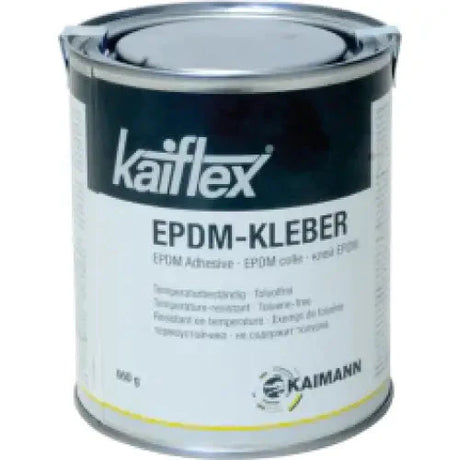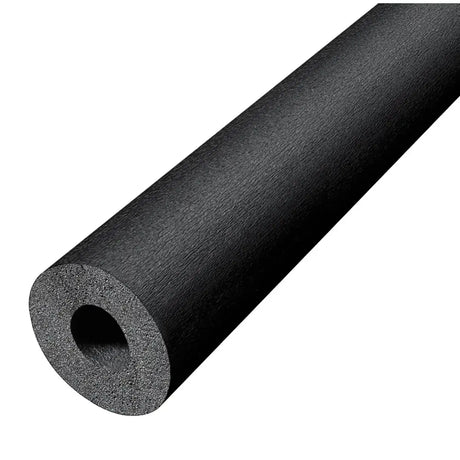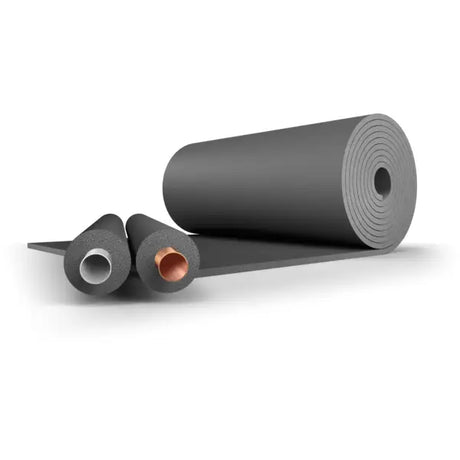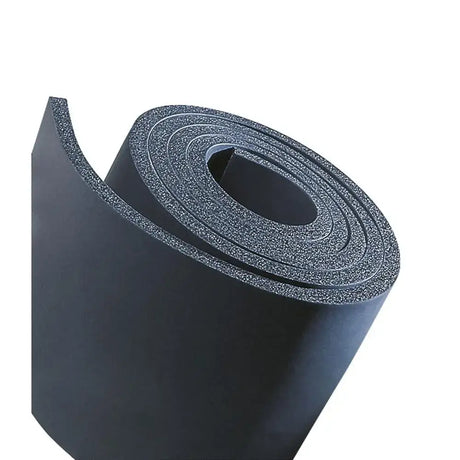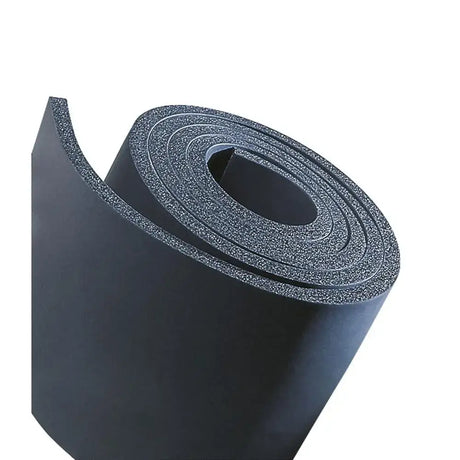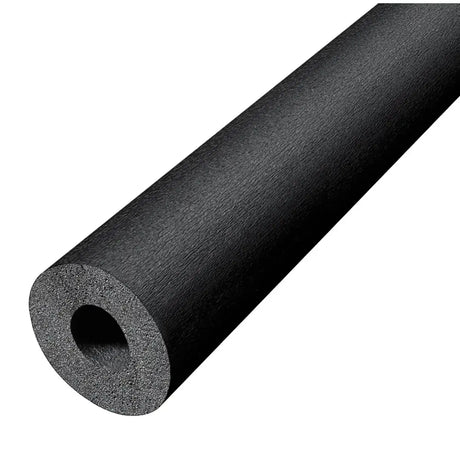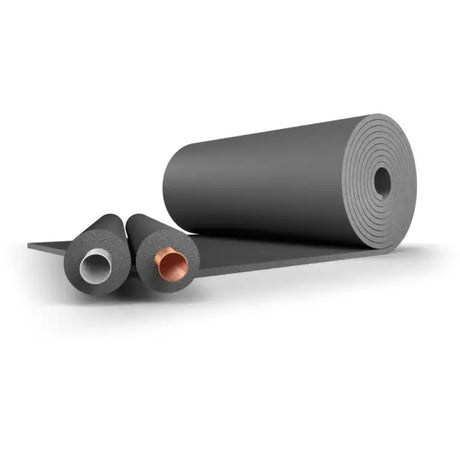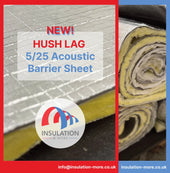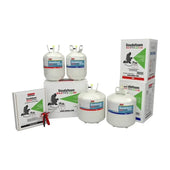Duct lagging is a simple and effective solution for reducing noise pollution caused by pipes and ducts in buildings. Vibrations caused by liquid flow and air movement through pipes and ducts often radiates noise that disturbs occupants. To reduce this noise pollution, duct lagging is used to wrap the pipes and ducts with a sound-absorbing material. This material is typically a mass-loaded vinyl barrier and fiberglass or mineral wool insulation, which serves to absorb sound and reduce its transmission.
Duct lagging is highly relevant to HVAC (heating, ventilation, and air conditioning) systems as those systems involve the movement of air through ductwork, which frequently generates some noise pollution and thermal losses. Duct lagging is then used to wrap the ductwork with a layer of insulation material that absorbs sound and reduces heat transfer, resulting in improved energy efficiency and acoustic comfort.
Proper lagging of HVAC systems makes them operate more efficiently, cost-effectively, and quietly, while also creating a more comfortable and peaceful indoor environment for occupants. This makes high quality duct lagging materials and installation a crucial component of HVAC systems and as such it is often included in the design and construction of both the systems and buildings they are installed in.
It's also important to choose duct lagging products that meet local building and fire codes and are safe for use in occupied spaces. Additionally, proper support of piping and ductwork is essential in reducing noise and vibration. Ductwork should be supported from the deck above using vibration isolation hangers to minimize the transmission of vibrations to the building structure.
Selecting the appropriate duct lagging thickness involves considering a few key factors. The thickness of the lagging material should provide the desired level of thermal insulation and noise reduction for the specific application. The thickness of the insulation also depends on the temperature of the fluid or gas flowing through the pipes or ducts, as higher temperatures require thicker insulation to prevent heat loss or gain. In addition, the size and shape of the pipes or ducts, as well as the space available for installation, can impact the choice of lagging thickness. Ultimately, choosing the right thickness for duct lagging involves assessing the specific needs of the application and selecting a lagging material that meets those needs.
Installing duct lagging can be done by both amateurs and professionals. However, it is important to ensure that the installation is done correctly to achieve the desired insulation and noise reduction benefits. Professionals have the expertise and tools required to install duct lagging accurately, which can result in a more effective insulation solution. In contrast, an amateur may not have the necessary experience or knowledge to complete the installation to the same high standard. Additionally, certain types of duct lagging materials require specific installation procedures, which can be challenging for amateurs to follow. Therefore, while it is possible for an amateur to install duct lagging, it is advisable to seek the assistance of a professional to ensure proper installation and optimal insulation benefits.


